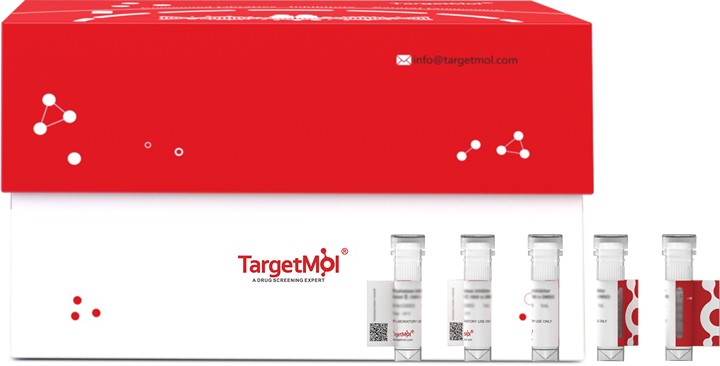- Remove All
 Your shopping cart is currently empty
Your shopping cart is currently empty
Insulin Protein, Human, Recombinant
INS (Insulin) is a Protein Coding gene. This gene encodes insulin, a peptide hormone that plays a vital role in the regulation of carbohydrate and lipid metabolism. After removal of the precursor signal peptide, proinsulin is post-translationally cleaved into three peptides: the B chain and A chain peptides, which are covalently linked via two disulfide bonds to form insulin, and C-peptide. The binding of insulin to the insulin receptor (INSR) stimulates glucose uptake. Diseases associated with INS include Hyperproinsulinemia and Maturity-Onset Diabetes Of The Young, Type 10. A multitude of mutant alleles with phenotypic effects has been identified, including insulin-dependent diabetes mellitus, permanent neonatal diabetes mellitus, maturity-onset diabetes of the young type 10, and hyperproinsulinemia.Cancer ImmunotherapyImmune CheckpointImmunotherapyTargeted Therapy

Insulin Protein, Human, Recombinant
| Pack Size | Price | Availability | Quantity |
|---|---|---|---|
| 100 μg | $386 | In Stock | |
| 200 μg | $660 | 7-10 days | |
| 500 μg | $1,340 | 7-10 days |
Product Introduction
| Description | INS (Insulin) is a Protein Coding gene. This gene encodes insulin, a peptide hormone that plays a vital role in the regulation of carbohydrate and lipid metabolism. After removal of the precursor signal peptide, proinsulin is post-translationally cleaved into three peptides: the B chain and A chain peptides, which are covalently linked via two disulfide bonds to form insulin, and C-peptide. The binding of insulin to the insulin receptor (INSR) stimulates glucose uptake. Diseases associated with INS include Hyperproinsulinemia and Maturity-Onset Diabetes Of The Young, Type 10. A multitude of mutant alleles with phenotypic effects has been identified, including insulin-dependent diabetes mellitus, permanent neonatal diabetes mellitus, maturity-onset diabetes of the young type 10, and hyperproinsulinemia.Cancer ImmunotherapyImmune CheckpointImmunotherapyTargeted Therapy |
| Alias | MODY10, IRDN, insulin, INS, ILPR, IDDM2, IDDM1, IDDM |
| Molecular Weight | 7.1 kDa (predicted); 6 kDa (reducing conditions) |
| Storage | Shipping with blue ice. |
Sci Citations
Calculator
In Vivo Formulation Calculator (Clear solution)
Dose Conversion
Tech Support

Copyright © 2015-2025 TargetMol Chemicals Inc. All Rights Reserved.




